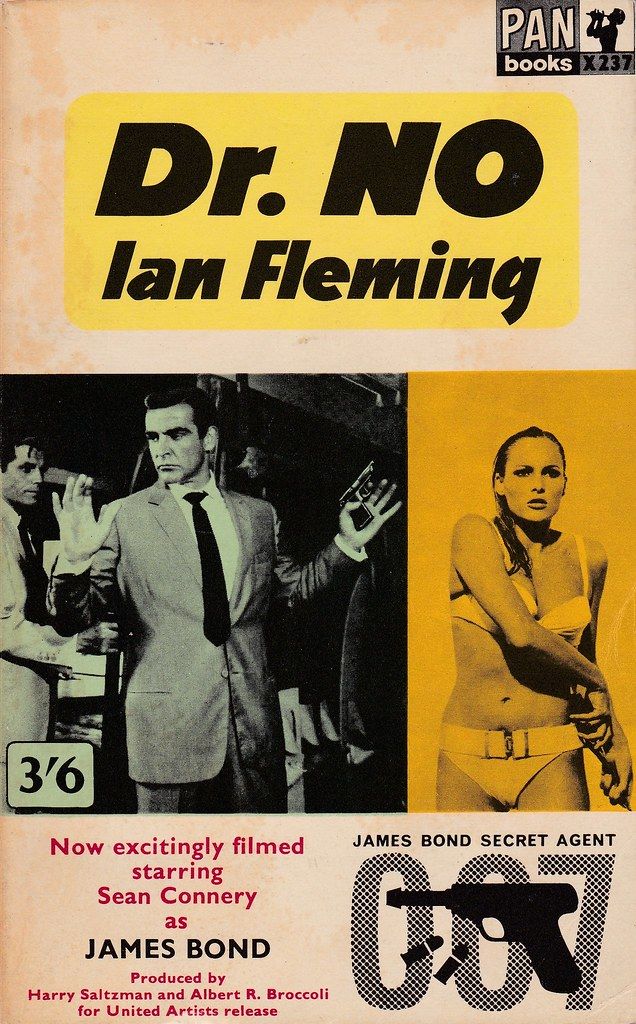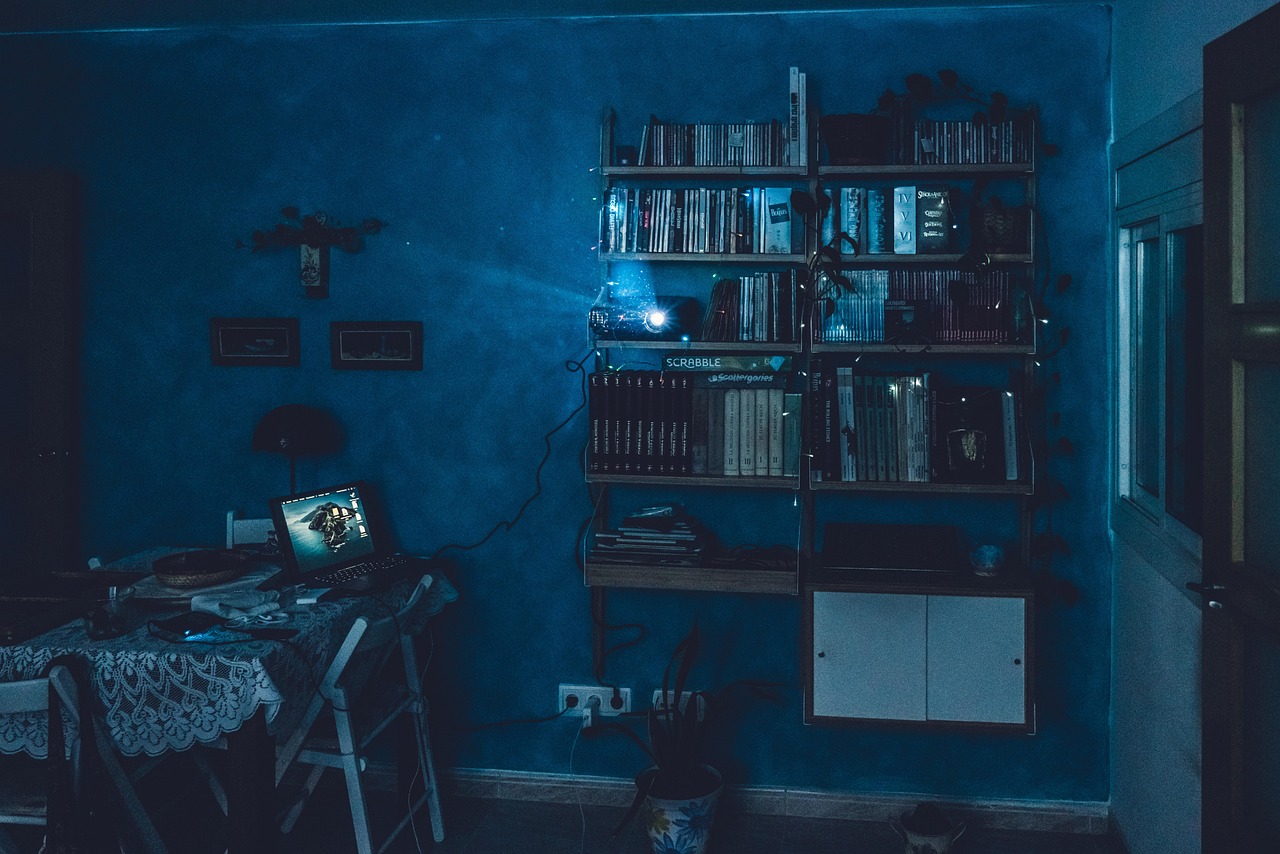
In the sprawling tapestry of cinema, we’re often conditioned to root for the hero, to cheer their triumphs, and to boo the villain’s schemes. Yet, what if we paused, just for a moment, and considered the narrative from the other side? What if the supposed monsters, the antagonists, and the obstacles in our heroes’ paths were not inherently evil, but rather products of circumstance, trauma, or simply trying to survive in a world that often misunderstood them?
This fascinating perspective shift, brought to light by discussions among ardent film fans, encourages us to delve deeper into character motivations. It highlights that often, a villain’s actions stem from a place of fear, desperation, or a distorted sense of justice, transforming them from one-dimensional caricatures into complex, even tragic figures. We’re invited to walk a mile in their shoes, examining the events that shaped their worldview and led them down what we perceive as ‘dark paths.’
Prepare to have your understanding challenged and your heart tugged as we explore the hidden depths of some of cinema’s most memorable antagonists. From classic film figures to animated nemeses, these are the stories that become utterly heartbreaking when told from the villain’s viewpoint.

1. **Baby’s Father in Dirty Dancing** Imagine you’re on a family vacation, seeking a peaceful retreat, only to find your 17-year-old daughter falling for a considerably older resort dance instructor. This isn’t just any dance instructor; as one Redditor noted, “The story is he’s banging hot moms for money while giving private ‘dance’ lessons.” From a parent’s standpoint, this scenario immediately raises red flags, presenting a genuine cause for concern rather than an arbitrary display of strictness.
The father’s anxieties are further compounded by a grave medical emergency that lands on his plate. He “has to medically treat Johnny’s ex-girlfriend for an infection after a back alley abortion.” This stark reality underscores the dangerous consequences of irresponsible actions and secret relationships, solidifying his resolve to protect his “underage daughter getting involved” in similar precarious situations. His protests aren’t about being an oppressive figure, but about safeguarding his child from harm.
As many over the age of 25 can attest, understanding the father’s perspective becomes incredibly clear with age and experience. He simply wants his family vacation to be a “nice family vacation,” free from the anxieties of his daughter making potentially life-altering mistakes. His character embodies a protective parental instinct, making his opposition not villainous, but deeply human and entirely relatable when viewed through his worried eyes.
Read more about: 16 Movie Characters We Felt For: Their Misunderstood & Tragic Stories

2. **The Grinch from How the Grinch Stole Christmas!** For generations, the Grinch has been portrayed as the quintessential Christmas curmudgeon, a green-furred misanthrope determined to steal holiday cheer. Yet, if we truly consider his perspective, his primary desire was not malicious destruction, but simply peace and quiet. He “just wanted to hang out with his dog on the mountain, and asked his stupid neighbors to shut up.”
Living in isolation high above Whoville, the Grinch was subjected to the incessant noise and boisterous celebrations of the Whos. For someone who values solitude, their constant revelry would undoubtedly be a source of immense irritation, making his attempts to silence their merriment an understandable (though extreme) reaction to unwelcome noise pollution. His mountain retreat was constantly invaded by their joyful racket.
His actions, while certainly over the top, stem from a basic need for tranquility. He wasn’t inherently evil; he was fundamentally annoyed. The Grinch’s story, when stripped of its festive overlay, becomes a relatable tale of a creature pushed to his limits by inconsiderate neighbors, whose attempts to reclaim his peace and quiet led him to be branded as a Christmas villain.
Read more about: The Final Curtain Call: Unveiling How Each Star of Gilligan’s Island Met Their End

3. **Bruce (The Shark) from Jaws** The iconic great white shark, affectionately known as Bruce, instilled fear in an entire generation, cementing its status as one of cinema’s most terrifying villains. However, the true horror of Jaws arguably lies in humanity’s encroachment on nature. As one commentator aptly questioned, regarding “THESE SHARK INFESTED WATERS!!!!!”, they retorted, “you mean their home?”
Sharks don’t ‘infest’ the ocean; it is their natural habitat. To label the ocean as “shark-infested” is to project human fears onto a creature simply existing in its environment, following its natural instincts. Bruce was merely “just trying to be a shark, man,” hunting for food in the waters where it belonged, much like any other predator in its ecosystem. The conflict arises from humans entering its domain, not from the shark purposefully targeting humans with malice.
The idea that humanity views these creatures as monsters simply for behaving according to their biological imperative is truly heartbreaking. Bruce wasn’t a malicious entity seeking destruction; it was a hungry animal in its own home. The tragedy is that its natural behavior led to it being hunted and killed, all because humans failed to respect the boundaries of the wild and insisted on invading it.

4. **Richard from Crocodile Dundee** Richard, Sue Charlton’s boyfriend and boss, is painted as the stereotypical stuffy city slicker overshadowed by the rugged charm of Mick Dundee. Yet, his story is a poignant tale of betrayal and public humiliation. He’s simply a man trying to maintain a relationship, only to be utterly blindsided by his girlfriend’s rapid infatuation with another man, all while footing the bill for the unfolding drama.
Consider his plight: Sue insists on an overseas assignment, and Richard, missing her, agrees. “Within 48 hours of meeting Mick, she’s making out with him.” Richard remains oblivious, but suspicions mount when Sue “BEGS to bring him back to NYC.” The ensuing events are a public spectacle of Sue’s obvious adoration for Mick, culminating in her inviting Mick to “the first date the two of you have had since she got back.” Richard’s understandable saltiness is met with a punch.
In a desperate bid to save his relationship, Richard proposes to Sue, which she accepts. Yet, “the NEXT DAY when she takes it back and chases Mick into the subway to tell him she loves him.” The emotional toll on Richard, who “paid for all of this to happen” on the newspaper’s dime, is immense. He’s left “cheated on, villainized, and broken up with in the coldest way,” only to face Sue again on Monday as his boss. His only ‘crime’ was not being happy about his public cuckolding, making him a truly sympathetic figure, and as one Redditor concludes, “Richard is not the bad guy in this story. **Sue** is the bad guy in Crocodile Dundee.”
Read more about: Dive Into the Chaos: 14 Wild Facts About the Cast and Making of ‘It’s a Mad Mad Mad Mad World’
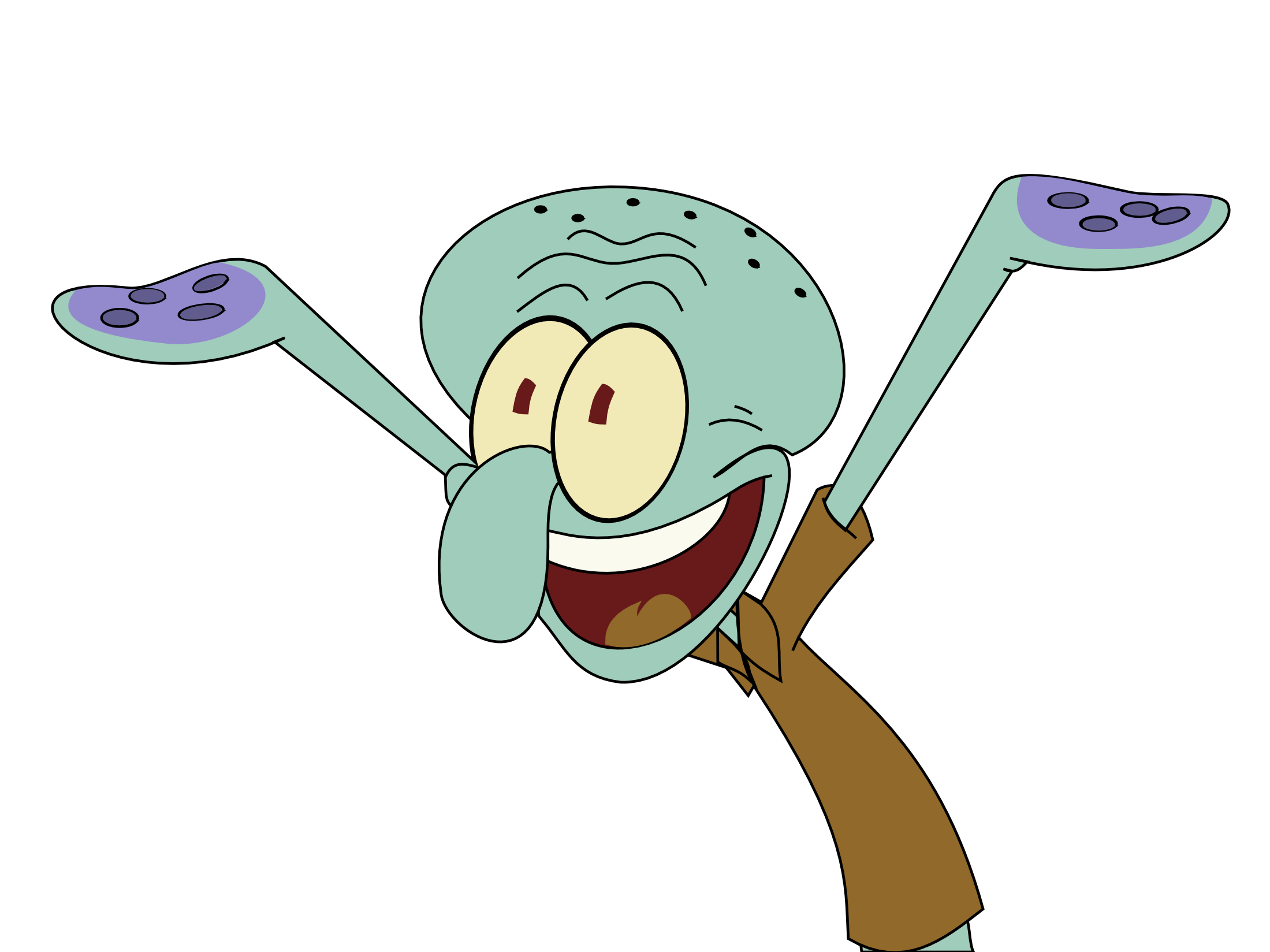
5. **Squidward Tentacles from SpongeBob SquarePants** Squidward is often perceived as the perpetually grumpy and cynical neighbor, constantly annoyed by the boundless, often chaotic, enthusiasm of SpongeBob and Patrick. But looking beyond the surface, Squidward is merely a character longing for the simple pleasures of peace, quiet, and a degree of artistic fulfillment – all of which are routinely shattered by his exuberant neighbors.
His desires are incredibly relatable to many adults who simply want respite from noise and chaos. As one fan articulated, “You know you’re a fully developed adult when you start to find SpongeBob really annoying and identify with Squidward’s point of view.” He’s an artist at heart, a clarinetist whose attempts at creative expression are often interrupted, mocked, or simply ignored by the very people living next to him.
Squidward’s ‘villainy’ isn’t born of malice, but of exasperation. He simply wants to enjoy his home, his hobbies, and his life without constant interruptions and absurd shenanigans. His perpetual scowl and sarcastic remarks are the understandable defense mechanisms of someone constantly overwhelmed by the relentless, well-meaning, but utterly disruptive presence of SpongeBob. His story is a poignant testament to the universal human need for personal space and tranquility.

6. **Magneto from X-Men** Magneto, one of the most complex and compelling figures in the X-Men universe, is often seen as a dangerous terrorist, yet his actions are deeply rooted in a tragic past and a fiercely protective ideology. His “backstory was very sad,” scarred by the horrors of the Holocaust where he witnessed unimaginable brutality against his people. This formative trauma instilled in him an unshakeable belief that mutants, as a persecuted minority, must fight for their own survival.
He genuinely believes that “Magneto was right” about the inherent danger humanity poses to mutants. He sees a pattern of persecution repeating itself, and unlike Professor X, he refuses to passively wait for mutants to be eradicated. His extreme measures are, in his mind, necessary steps to prevent another genocide, a fight for the very existence of his kind against a world that fears and hates them simply for being different. He views himself as a liberator, not a conqueror.
The depth of his conviction and the origins of his trauma make his ‘villainy’ heartbreaking. He’s not seeking power for its own sake, but as a means to protect those he cares about from what he perceives as “some greater threat.” This drive, born from profound personal loss and fear, transforms Magneto from a simple antagonist into a tragic figure whose methods, while extreme, are fueled by a desperate desire to ensure the future of his people.
Read more about: Beyond the Limelight: 14 Outspoken Atheists in Hollywood and Entertainment Who Are Changing the Conversation

7. **Loki from Thor (2011)** Loki’s initial portrayal as the God of Mischief seemed straightforward, but his story in Thor unfolds into a profound tragedy of identity, betrayal, and a desperate search for belonging. His world shatters when he discovers his entire life is a lie, his heritage as a Frost Giant hidden from him by his adoptive parents. “The people who he was supposed to trust the most (his parents) betrayed him about who he was and brought him up in a society that thought his real race were disgusting savage monsters.”
This revelation ignites an intense identity crisis, compounded by the fact that he was raised to despise the very people he truly is. “In the middle of having a mental breakdown his dad goes into a coma while his mom is emotionally unavailable to give him any support because she’s busy watching the dad, and his friends betray him to go help his brother on earth.” Isolated and without a support system, Loki spirals, making decisions driven by overwhelming pain and confusion.
His actions, including his perceived attempt at suicide, can be seen as a desperate plea for recognition and approval from a father who always seemed to favor Thor. He realized “no matter what he did he could never gain the approval of his father or belong there as the only frost giant in all of Asgard.” Loki’s path to ‘villainy’ is an “epic tragedy when you look at it from his perspective,” a poignant tale of a lost soul grappling with a shattered identity and a profound sense of not belonging.
Continuing our deep dive into the hearts and minds of cinema’s most misunderstood antagonists, we now turn our gaze to even more characters whose stories, when viewed from their perspective, are nothing short of tragic. These are figures whose journeys to villainy were often paved with deep-seated pain, profound injustice, and desperate fights for survival or recognition, forcing us to question the easy labels of ‘good’ and ‘evil’ we so readily apply.
From a cat forever bound to a chase he secretly dislikes to a prince fighting for his heritage, and from a legendary Jedi’s tragic fall to an inspector’s shattered worldview, these tales underscore the incredible complexity of narrative. Prepare to have your perceptions challenged once more as we unravel the devastating backstories of these cinematic figures, proving that sometimes, the monster isn’t born, but made by circumstance, trauma, or a world that simply failed to understand them.
Read more about: 15 Movie and TV Villains People Find Hot

8. **Tom from Tom and Jerry**For decades, Tom has been the hapless cat in the endless pursuit of Jerry, a comedic cycle of failure and slapstick violence. Yet, consider his plight: he’s not inherently malicious, but merely a cat trying to fulfill his designated role within the household. As many fans have pointed out, Tom often appears to be secretly friends with Jerry, or at least resigned to their routine, suggesting his ‘villainy’ is merely a performance to appease his owners.
His true predicament becomes heartbreakingly clear in episodes where the stakes are raised. When an actual, more competent cat is introduced to replace him and effectively deal with Jerry, Tom actively intervenes to prevent Jerry’s demise. This highlights a profound, albeit complicated, affection or at least a deep-seated bond that transcends their cartoonish rivalry. His job isn’t to *catch* Jerry, but to *fail* at catching him, an exhausting and often painful routine he’s trapped in.
Tom’s existence is a poignant metaphor for a thankless job where success is not only undesirable but actively punished. He endures endless pain, humiliation, and constant threats of replacement, all while secretly safeguarding the very ‘prey’ he’s supposed to eliminate. His story, seen through his weary, often bruised eyes, is one of quiet suffering, forced duty, and a heartbreaking bond with his supposed nemesis, making him a truly sympathetic figure in a loop of comedic tragedy.
Read more about: Totally Rad Reels: A BuzzFeed Journey Through the Best Movies of the ’80s
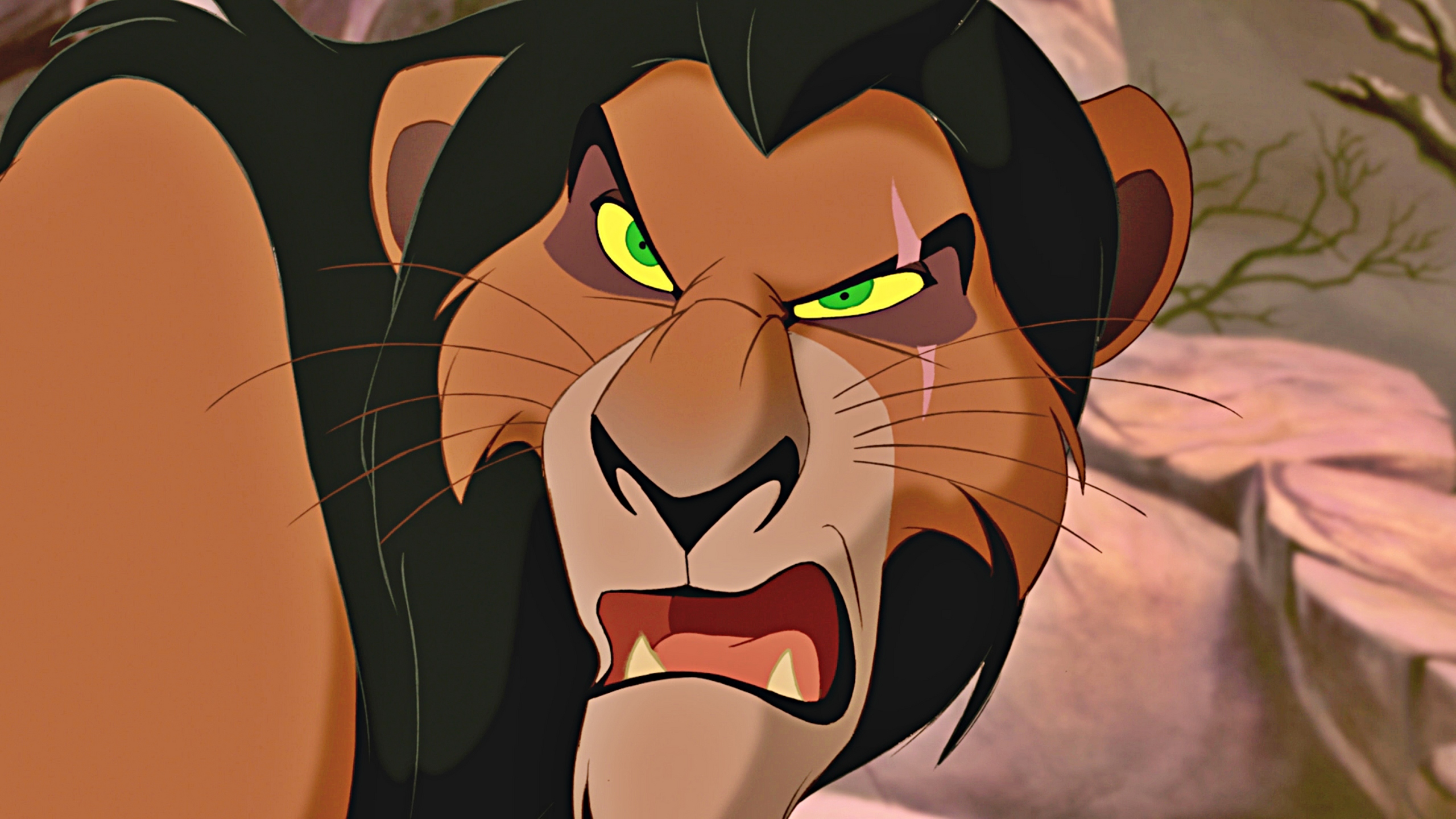
9. **Scar from The Lion King**Scar, the malevolent uncle who orchestrates Mufasa’s death and usurps the throne, is one of Disney’s most iconic villains. However, his villainy is deeply rooted in a lifetime of perceived injustice and emotional neglect, painted starkly by his backstory. He wasn’t born ‘Scar’; he was given that cruel moniker due to a physical deformity, and his birth name, ‘Takka,’ literally means ‘garbage’ in Swahili.
Imagine growing up in the shadow of a perfect, beloved older brother, constantly reminded of your inferiority through a derogatory name bestowed by your own parents. This constant belittling and lack of parental affection undoubtedly fostered deep-seated resentment and a desperate hunger for recognition and power. The Pride Lands’ rigid hierarchy offered him little opportunity for advancement or respect, fueling his festering bitterness.
His schemes, while undeniably horrific, can be seen as a desperate, albeit twisted, attempt to seize the destiny he felt was denied to him, to finally step out of Mufasa’s colossal shadow and assert his worth. Scar’s tragedy lies in being a victim of systemic family abuse and a society that judged him by his appearance and birth order, pushing him towards a path of ambition and destruction that ultimately consumed him. His path to villainy was a desperate bid to escape being ‘garbage.’
Read more about: From Blockbusters to Auction Blocks: The Most Valuable Cars to Ever Grace Our Screens
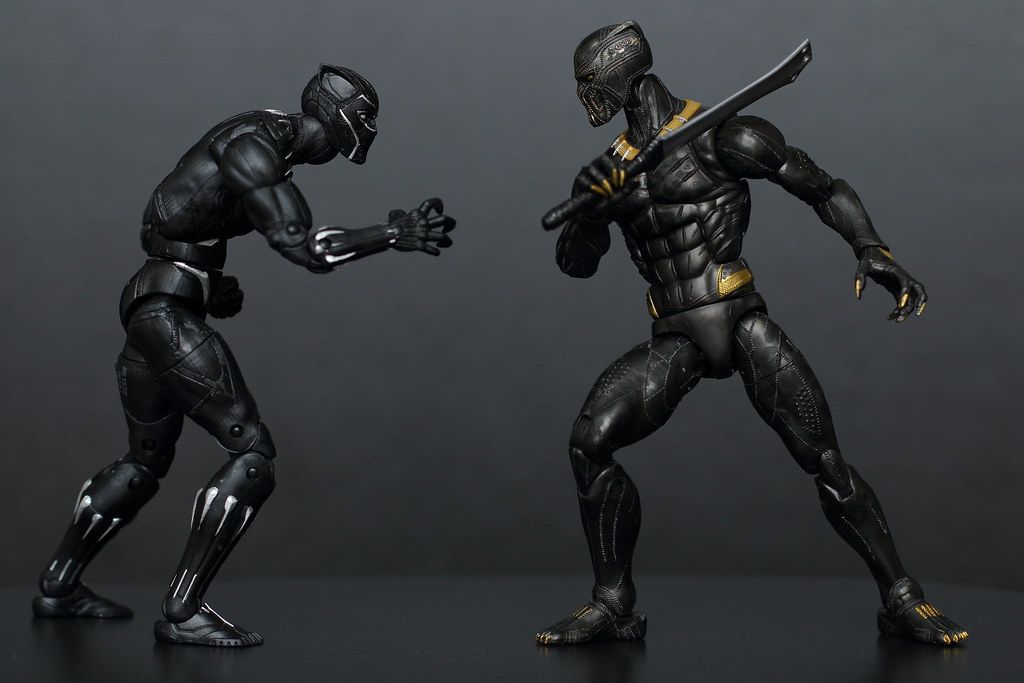
10. **Killmonger from Black Panther**Erik Killmonger stands out as one of the Marvel Cinematic Universe’s most compelling antagonists, largely because his motivations are undeniably rooted in profound injustice and a searing quest for ancestral reckoning. His story begins with a brutal betrayal: his father, a Wakandan prince, murdered by his own brother, King T’Chaka, leaving young Erik to grow up in abject poverty in Oakland, a stark contrast to his family’s hidden wealth and advanced technology.
This traumatic origin fuels a lifetime of anger and a desperate fight for identity and justice. Upon discovering Wakanda, his fury isn’t purely selfish; he is appalled by their isolationist policies, believing that the technologically advanced nation had a moral obligation to use its power to liberate and empower the descendants of the African diaspora suffering across the globe. His radical actions stem from a deeply felt responsibility to those who have been oppressed.
Killmonger’s ultimate goal was not simply personal power, but a global revolution to correct historical wrongs and uplift his people, even if his methods were extreme. His final quote, “Bury me at sea with my ancestors who jumped from the slave ships because they preferred death to bondage,” encapsulates the profound generational trauma and unwavering commitment to his cause. He is a tragic figure, born of betrayal and systemic neglect, whose desperate fight for recognition and justice makes his ‘villainy’ heartbreakingly understandable.
Read more about: From ‘Whoa!’ to ‘Wait, What?!’ — The Wildest Actor Replacements in Hollywood History That Tried (and Failed) to Fool Us All!

11. **Anakin Skywalker from Star Wars**Anakin Skywalker’s transformation into Darth Vader remains one of cinema’s most profound tragedies, a story of love, fear, and ultimate betrayal. Born a slave on a desolate desert planet, Anakin never knew freedom and was later forced into a rigid “cult of space wizards” – the Jedi Order – where emotional attachments were forbidden. This upbringing, coupled with his immense power, instilled in him a deep-seated fear of loss, particularly after witnessing his mother’s death, which he was powerless to prevent.
His illicit love for Padmé Amidala became both his greatest joy and his ultimate vulnerability. When visions of her death plague him, the manipulative Emperor Palpatine preys on Anakin’s fears, promising him the power to save her through the dark side. Anakin’s desperate turn to villainy was not born of inherent malice, but from a profound, misguided love and a desperate attempt to prevent another heartbreaking loss, a tragic irony given that his actions ultimately led to Padmé’s demise.
The consequences of his choices are devastating. Engaged in a brutal confrontation with his former master, Obi-Wan Kenobi, Anakin suffers horrific injuries, losing “all four limbs, scarred and burned to the point that he was put into a living coffin in order to survive.” He becomes “more machine than man,” enslaved to the very ‘devil’ who promised him salvation. Darth Vader’s existence is an “epic tragedy,” a constant, agonizing reminder of everything he lost and the love he tried so desperately, and failed, to save.
Read more about: Beyond the Credits: Ranking the 14 Most Satisfying Villain Deaths in Cinema History

12. **Javert from Les Misérables**Inspector Javert, the relentless pursuer of Jean Valjean, is often seen as the embodiment of rigid, unfeeling law. Yet, his backstory and unwavering moral compass reveal a deeply tragic figure. Born “inside a jail,” a place of despair and societal abandonment, Javert miraculously ascended from such a bleak beginning to achieve a “respectable middle-class job” as a police inspector. This journey speaks volumes about his iron will, dedication to order, and a desperate desire to escape the chaos of his origins.
For Javert, the law is not just a profession; it is the fundamental structure that saved him from a life of destitution and crime, offering the only true justice he ever knew. His entire worldview is predicated on the absolute, unyielding nature of justice and the idea that a criminal, once designated as such, can never truly change. Jean Valjean’s demonstrable goodness, his transformation from convict to respected mayor and benevolent figure, shatters this foundational belief.
The existence of a genuinely good man who has broken the law creates an irreconcilable paradox for Javert, tearing apart the very fabric of his identity and meaning. His inability to reconcile Valjean’s inherent goodness with his own rigid code of justice drives him to an agonizing existential crisis, culminating in his tragic “s*icide.” Javert’s story is a heartbreaking testament to a man whose rigid devotion to an absolute principle ultimately leads to his own destruction when confronted with the messy, compassionate realities of human redemption.
Read more about: From Cult Classics to Cringe-Fests: Revisiting 15 Unforgettable Acting Performances That Missed the Mark
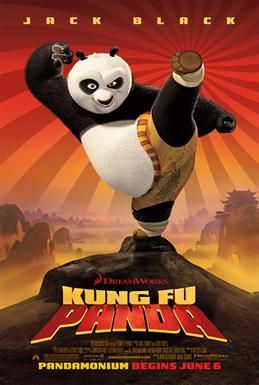
13. **Tai Lung from Kung Fu Panda**Tai Lung, the formidable snow leopard and former student of Master Shifu, is presented as a villain driven by hubris and power. However, his story is fundamentally one of profound betrayal and shattered dreams. From a young age, Tai Lung was “built up his whole life to be the greatest kung fu warrior the world had ever seen,” meticulously trained by Shifu, his adoptive father and mentor, who constantly affirmed his destiny to become the Dragon Warrior.
This intense grooming and unwavering belief in his predestined greatness created an unshakeable ambition within him. When the moment of truth arrived, and he was denied the title of Dragon Warrior, it wasn’t just a rejection; it was the catastrophic destruction of his entire identity, his lifelong purpose, and the ultimate betrayal by the man who had promised him everything. His subsequent rampage, though destructive, can be viewed as a desperate, grief-fueled outburst from someone who had everything promised to him, only to have it cruelly snatched away.
Imprisoned and vilified for years, Tai Lung’s return is a desperate quest to reclaim what he believed was rightfully his, to prove his worth and fulfill the destiny he was taught was his birthright. His ultimate defeat by Po, the unlikeliest of heroes, underscores the tragic irony of his immense talent and dedication rendered meaningless by a twist of fate and the judgment of a master who, for all his love, could not see beyond the prophecy. Tai Lung’s path to villainy is a poignant exploration of ambition, rejection, and the agonizing pain of an unfulfilled, deeply ingrained destiny.
Read more about: McDonald’s Rebounds Strong: Value-Driven Strategy Fuels Sales Amid Shifting Consumer Landscape
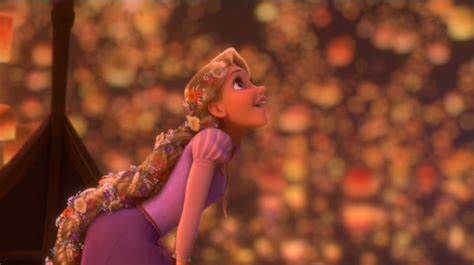
14. **Mother Gothel in Tangled**Mother Gothel, the aging witch who kidnaps Rapunzel to exploit her magical hair, is painted as the quintessential evil stepmother. Yet, from her own perspective, her actions stem from a primal instinct for survival and a profound fear of mortality. She discovered the magical golden flower, which became her “only friend,” granting her eternal youth. Her initial role was that of a devoted guardian, protecting her sole source of well-being from a world that would undoubtedly exploit it.
Then, the queen falls ill, and the king’s men track down and “dig up the flower so it can be used to save his wife and no one else.” In Gothel’s eyes, this was an act of brutal theft and destruction, as the flower was not replanted but “FEEDS IT TO HIS WIFE.” Her beloved, immortal companion was taken and consumed, triggering a “grief spiral” that cemented her obsession with regaining her lost immortality. When the queen gives birth to Rapunzel, whose hair now holds the flower’s power, Gothel sees not a child, but her stolen life force.
Kidnapping Rapunzel and isolating her in the tower becomes, for Gothel, a twisted act of preservation. She genuinely believes she is ‘protecting’ the magic, ensuring its longevity for “all eternity” by keeping Rapunzel hidden. Her ‘love’ for Rapunzel is conditional, tied to her own survival, but it is a desperate, warped love born from profound loss and an overwhelming fear of aging and death. Gothel’s villainy is a tragic, desperate manifestation of self-preservation, making her a deeply complex figure driven by the agonizing fear of losing the one thing that made her life bearable.
Read more about: Mind-Blown! Things Only Adults Truly Notice When Rewatching Your Favorite Disney Princess Movies
As we close this chapter on the cinematic villains who tug at our heartstrings, it becomes abundantly clear that the lines between hero and antagonist are often blurred, painted in shades of gray rather than stark black and white. These characters, stripped of their menacing veneers, reveal themselves as products of their environments, their traumas, and their desperate quests for understanding, survival, or love. It’s a powerful reminder that every story has multiple sides, and true empathy often begins when we dare to listen to the perspective we’re least inclined to hear. Perhaps, in understanding their pain, we can better understand ourselves and the complex world we inhabit, both on and off the screen.



